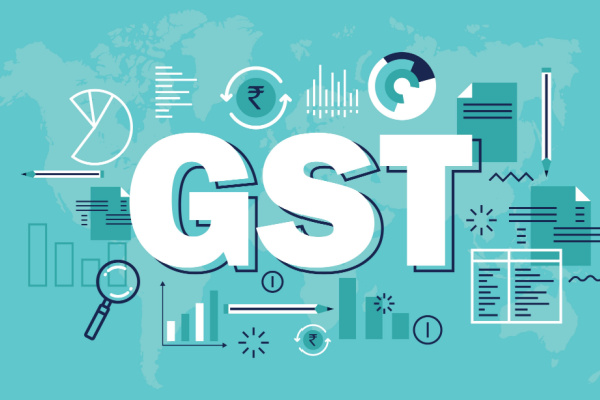Since its inception, there has been prevalent confusion among taxpayers regarding the meaning of GST (Goods and Services Tax) and the procedures associated with GST refunds.
GST in India is an indirect tax which has replaced all other indirect taxes in India. Starting with the filing of GSTR-1 to report sales, taxpayers move on to filing GSTR-3B to report the Input Tax Credit (ITC). After you make the required payment, a critical evaluation is required to determine the applicability of potential GST refunds. Also, you must file for refunds if your GST paid exceeds the outstanding liability.
Reasons to Apply for GST Refunds
GST refunds are applicable in the following cases:
- If there is an excess Balance in the Electronic Cash Ledger, you can file for a refund of the excess balance in the electronic cash ledger.
- All exports and supplies to Special Economic Zones (SEZs) have been categorised as Zero Rated Supplies in the IGST Act, 2017.
- Payment of the wrong tax under the GST
- A casual or non-resident taxable person must pay tax in advance at the time of registration. If the tax paid exceeds the liability, a refund may become due.
- When the goods are procured at a concessional rate of 0.1%, the business will be eligible to claim ITC for the tax of 0.1% paid.
- On accumulation of credit, if the tax rate on inputs is higher, the taxpayer can claim the refund of such accumulated ITC.
Factors to Consider Before Claiming a GST Refund
Here are some key considerations before you claim a GST refund:
- Make sure you follow the right reporting and return-filing procedure, as refunds can only be claimed within 2 years from the due date.
- You must ensure that the suppliers are compliant with GST processes, or else it can cause a delay in ITC and a further delay in refunds.
- You must submit the relevant documents and compute the right amount of applicable refund. You must reconcile all refunds periodically and make separate files for refunds due and received.
- If you claim refunds that are not applicable, you may end up paying a penalty.
- For any refund delays, the government must pay an interest of 24% p.a.
- Follow the appropriate time limit for claiming the refund – Generally, the maximum time limit to claim a GST refund is 2 years; however, it may differ according to the situation. You must make a note of the following:
- If there is an excess payment of GST, the refund should be filed on the payment date.
- For refunds on the export of goods or services, file the refund on the date of dispatch or loading.
- For ITC accumulation, apply for a refund before the last date of the financial year to which the credit belongs.
- Apply for a refund for provisional assessment before the date on which the tax is adjusted.
How to File for a GST Refund?
Here are the steps that you must follow to file a refund:
Step 1: Log in to the GST portal, and go to ‘Refunds’ from the ‘Services’ tab. You must click on the ‘Refund pre-application form’ option.
Step 2: Fill in the details related to your business, date of issue of Importer Exporter Code (IEC), Aadhaar number, and tax details, and click on ‘Submit.’ A confirmation of submission will be displayed on the screen.
Step 3: Choose Yes/No for the ‘If you want to file a nil refund’ tab and select the period for which a refund is to be applied
Step 4: Enter the details based on the type of refund:
- Type 1: Excess cash balance in electronic cash ledger
- Type 2: Excess tax paid through GSTR-3B
- Type 3: Accumulated ITC due to exports of goods and services without payment of tax
- Type 4: Accumulated ITC due to supplies made to SEZ unit/SEZ developer (without payment of tax)
- Type 5: ITC accumulated due to an inverted tax structure
- Type 6: Refund by the recipient of deemed exports
- Type 7: Tax paid on supplies made to SEZ unit/SEZ developer (with payment of tax)
- Type 8: Tax paid on an intrastate supply later held as interstate supply and vice versa
- Type 9: Refund by the supplier of deemed exports
- Type 10: Refund of IGST paid on export of services (with tax payment)
- Type 11: On account of assessment or provisional assessment or appeal, or any other order
- Type 12: Refund on ‘any other ground’
Step 5: Enter bank account details for the refund.
Step 6: File RFD-01 using Electronic Verification Code (EVC) or Digital Signature Certificate (DSC).
Step 7: The officer shall pass a sanction or rejection order in form RFD-06.
Conclusion
GST Refunds are the most sought-after by taxpayers. However, you must know the right procedure so you don’t have to face any challenges in the refund process.
Make sure you understand the technicalities, GSTR-2A/2B mismatches, or ITC claims under the GST law before filing for a GST refund to ensure a smooth and efficient experience.

